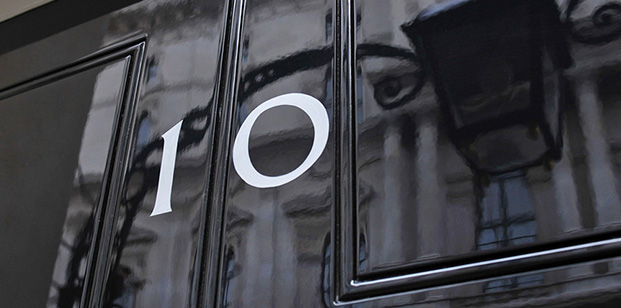Azad Zangana, Schroders’ senior European economist, comments on the Autumn Statement and Spending Review given by Chancellor of the Exchequer George Osborne on 25 November
Chancellor George Osborne delivered a defiant Autumn Statement, focusing on departmental spending budgets, safeguarding security spending, and providing more housing initiatives. Slightly stronger growth forecast, lower interest payments and earlier implementation of some spending cuts provided some welcome room for manoeuvre.
- A raft of additional housing measures was announced, including a doubling of the housing construction budget
- A new additional 3% stamp duty levy will apply to those purchasing second homes or buy-to-let properties
- The Bank of England may struggle to raise interest rates against a backdrop of sub-trend GDP growth
Still bruised from his recent defeat on tax credits reforms, Chancellor George Osborne, delivered a lively and defiant Autumn Statement, focusing on departmental spending budgets, with a strong theme of safeguarding security spending in light of recent events, and providing more housing initiatives.
From a macroeconomic perspective, little has changed since the post-election July Budget statement. The Office for Budgetary Responsibility (OBR) forecasts 2.4% growth in 2015 (unchanged) and 2016 (+0.1 percentage points), rising to 2.5% in 2017 (+0.1 percentage points), before slowing to 2.4% in 2018 (unchanged) and to 2.3% in 2019 and 2020 (-0.1 percentage points in both years).
In terms of the impact of austerity, the change in cyclically adjusted net borrowing (also known as the ‘fiscal impulse’) suggests a slightly smaller impact on the economy in 2016/17, but a greater impact in 2017/18. Overall, fiscal tightening will average 1% of GDP over the next three years before easing, but over the full five-year forecast horizon, the degree of fiscal tightening projected has been increased from 4.6% to 5% of GDP.
Despite the defeat on tax credits reforms, the slightly stronger growth forecast, lower interest payments and earlier implementation of some spending cuts have meant the Government is still expected to achieve a budget surplus of close to £10bn in 2019/20 – providing more room for manoeuvre in later years than expected. Debt as a share of GDP is falling each fiscal year in the OBR’s forecast thanks to nominal growth outpacing public borrowing. Public debt is forecast to fall from 82.5% in 2015/16 to 71.3% in 2020/21.
The details of the Spending Review were always going to make painful reading for most government departments although some did, surprisingly, escape unscathed. Health and international aid continue to enjoy their protected status but, due to recent security concerns following the Paris attacks, the Chancellor decided to increase the allowance for defence – and also not to cut police budgets further.
As the protected departments make up more than 75% of public spending, the axe fell heavily on other areas – for example, Transport -37%, Energy -22%, Culture Media & Sport -22%; Business -17%, DEFRA -15%. It is worth mentioning that some of the resources were shifted to investment areas, which allows the Chancellor to meet his fiscal rules on current expenditure while at the same time increasing capital spending.
Finally, a raft of additional housing measures was announced, including a doubling of the housing construction budget with a goal of building 400,000 new homes by 2020. Many of these homes will be offered to under-40s with a discount, with additional help offered to Londoners with low deposits.
While the Government’s efforts to build more homes should be welcomed, the impact will be marginal at best. The lack of new supply will remain severe, which should continue to push prices higher, putting homeownership out of the reach of many more people.
Interestingly, the Government is beginning to recognise the negative impact on the economy from the lack of homes, including the unproductive use of homes, such as those that are second properties or owned by foreign investors. As a result, a new additional 3% stamp duty levy will apply to those purchasing second and subsequent homes, along with for those seeking to invest to let properties.
Compared to our forecast, the OBR appears optimistic on GDP growth. We forecast growth to slow to below 2% in 2016 due to the negative impact from the tighter fiscal policy. If we are correct, the slower than expected growth should result in a shortfall in tax revenues, as well as an increase in welfare spending, making the Chancellor’s austerity plans less effective in reducing the budget deficit.
Moreover, the Bank of England may struggle to raise interest rates against a backdrop of sub-trend GDP growth. We do expect the Bank to start the hiking process in 2016, but it may be forced to pause before reaching its neutral rate, which we estimate to be around 2.5%.















